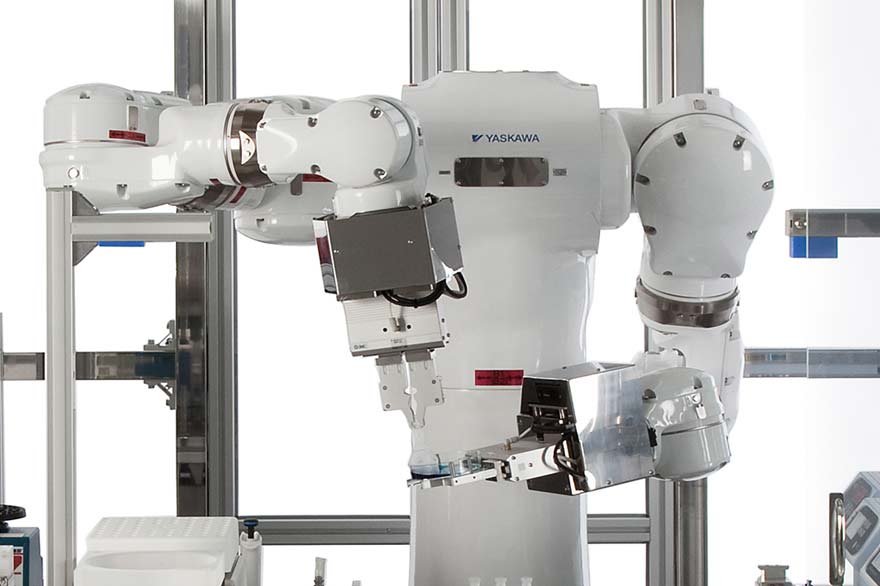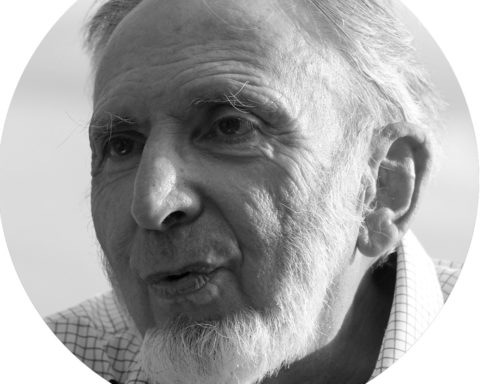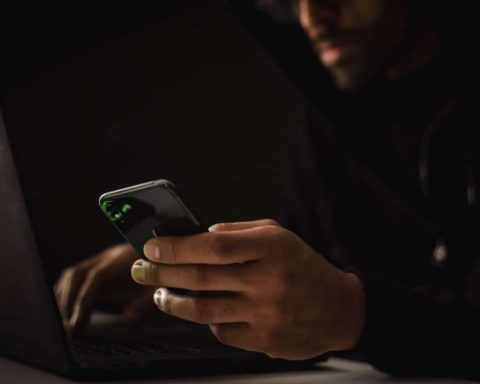The blockchain has been presented from the very beginning as a very innovative technology with great promise in terms of confidence. What is it really like? Some recent events are raising doubts, such as the recent embezzlement of money against the Parity wallet ($30 million), or the Tether company ($31 million).
Understanding the technology:
The blockchain can be classically assimilated to a "big" book of accessible and auditable accounts, which is deployed on the Internet network. It is based on a very large number of computer resources distributed around the world, called "nodes", which participate in the operation of the blockchain. In the case of the public blockchain, anyone can contribute; all that is required is a computer with sufficient power and the execution of the associated code.
The execution of the code is valid for acceptance of the governance rules of the blockchain. These contributors have the task of collecting the transactions issued by its clients, aggregating the transactions into a structure called "block" (of transactions) and validating the blocks before entering them into the blockchain. The resulting chain of blocks (or blockchain) can reach hundreds of gigabytes and is duplicated a very large number of times on the Internet, ensuring a very high availability of the blockchain.
Elements of trust
The blockchain is based on the following strong conceptual principles that naturally position it as the trusted technology par excellence :
-
Decentralized architecture and neutrality of governance based on the principle of consensus It relies on a very large number of independent contributors and is therefore decentralized by nature. This means that, unlike a centralized architecture where decisions can be taken unilaterally, it is necessary to reach a consensus or to manage to control more than 50 % of the blockchain's computing power (computing resources) in order to have an effect on the system. Thus, any change in governance rules must be approved by consensus by the contributors, who must then update the software code being executed.
-
Transparency of algorithms for better auditability Any transaction, any block, any rule of governance is freely accessible and readable by everyone; as such, anyone can audit the system to ensure that the block is working properly and that the transactions are legitimate. The advantage is that it allows experts from the user community to scrutinize the code and alert in case of suspicion. Trust is therefore based on the alerts.
-
Safe underlying technologies Cryptographic techniques and terms of use guarantee that the blockchain cannot be altered, that the transactions entered are authentic even if they are issued under a pseudonym, and finally that the security of the blockchain is able to keep up with technological developments thanks to an adaptive level of security.
Questions remain
Let us now look at the blockchains in practice and look back at some of the events that have led to suspicion about the technology:
-
Attack of the 51 % Several organizations contributing significantly to the operation of the blockchain can join forces and hold alone at least 51 % of the blockchain's computing power. For example, China is known to concentrate a large part of the computing power for the bitcoin blockchain, more precisely more than two thirds in 2017. This calls into question the distributed nature of the blockchain and the neutrality of governance, since the decision-making power is at this point totally unbalanced. Indeed, majority organizations can censor transactions, which has an impact on the history of the blockchain, but even worse, they have significant power to approve the rules of governance they have decided.
-
Hard fork When new governance rules are pushed into the blockchain and are incompatible with the previous rules, a "hard fork" occurs, i.e. a definitive modification of the blockchain, which requires that a broad consensus be reached among the contributors to the blockchain to see the new rules of the blockchain accepted. Otherwise, the blockchain splits up, with the end result that there are two simultaneous blockchains, one running on the old rules and another on the new ones. The effect of this chain duplication is to undermine the credibility of the two resulting blockchains and to cause the devaluation of the associated crypto currency. It can also be noted that a hard fork ordered as part of an attack on the 51 % will have a better chance of leading to the adoption of the new rules because consensus will be more easily reached.
-
Money laundering Blockchain: The blockchain is transparent by nature, but the traceability of transactions can be made very complex, thus facilitating money laundering operations. Indeed, it is possible to open a very large number of accounts, to use single-use accounts, for example, and to carry out transactions under cover of pseudonymity. This questions all the contributors without whom the block could not function on their moral values and damages the image of the technology.
- Programming errors Such errors can be made in smart contracts, programs running automatically within the blockchain and can have dramatic consequences for manufacturers. The DAO organization has seen the embezzlement of $50 million in 2016. Organizations guilty of such bugs may want to invalidate transactions that are detrimental to them - the DAO having succeeded in provoking a hard fork for this purpose - which calls into question the very principle of the inalterability of the blockchain. Indeed, blocks registered as valid in the blockchain at a given time are then rendered invalid, which calls into question the reliability of the blockchain.
In conclusion, the blockchain is a very promising technology with many properties of interest to ensure trust, but the problem lies in the gap between the promises of the technology and the use made of it, which introduces a lot of confusion and misunderstanding, which we have tried to address in this article.
Maryline LaurentProfessor Director of the R3S team, CNRS SAMOVAR laboratory, Télécom SudParis - Institut Mines-Télécom, University of Paris-Saclay
This article returns to the main elements documented in chapter 11 of the book "Signs of trust: the impact of labels on the management of personal data" produced by the chair of the Institut Mines-Télécom Values and policies of personal information of which Télécom SudParis is a co-founder.
The original text of this article was published on The Conversationeditorial partner of Up' Magazine.
Anything to add? Say it as a comment.![]()











